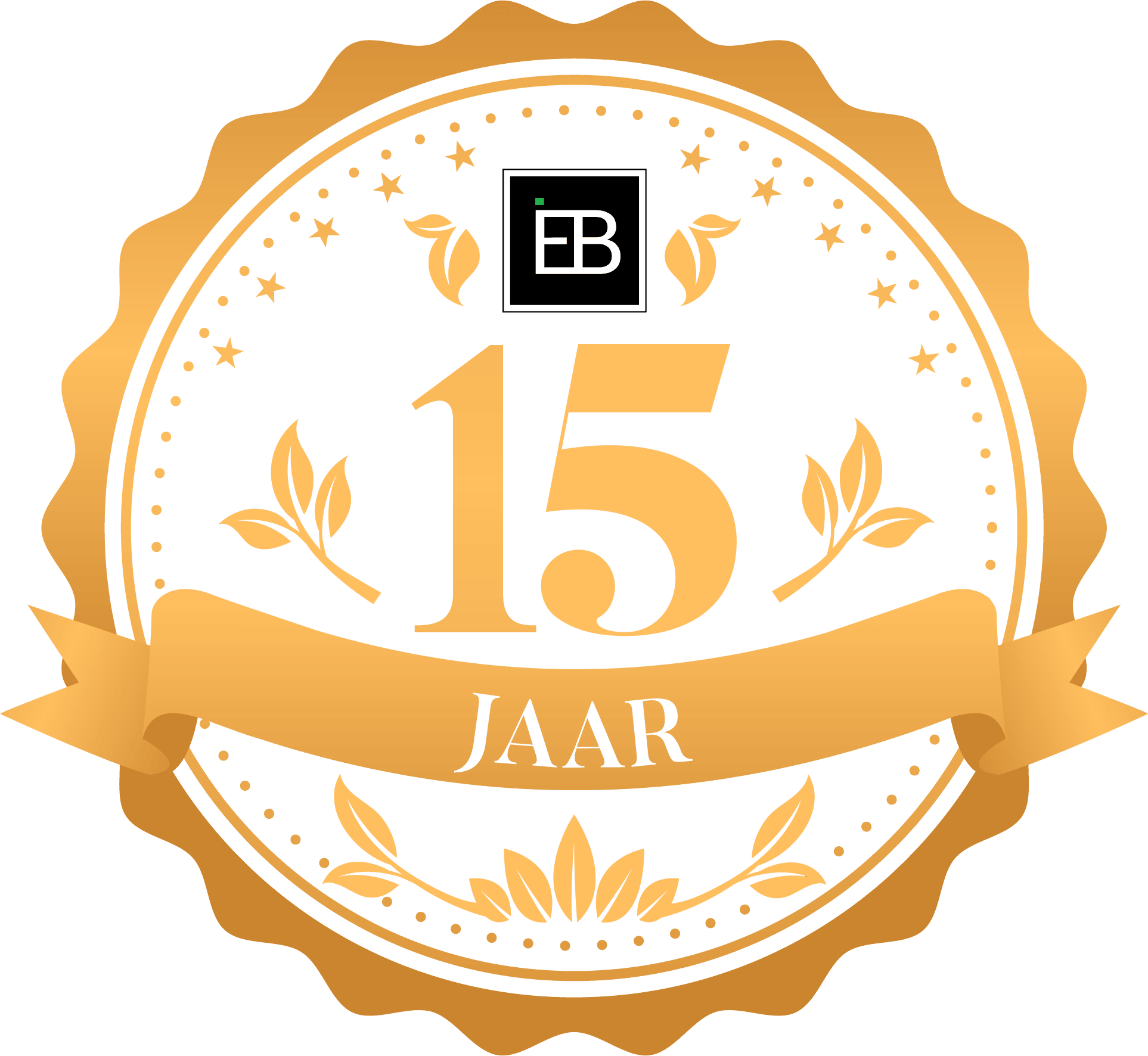Ten good reasons to certify:
- Your certified products and/or processes meet measurable, objective performance requirements of the government and the market.
- As a result, they can be seamlessly integrated into the construction process.
- This improves the quality, speed and efficiency of the construction process.
- Your potential customers and other cooperation partners increasingly demand certified products and processes.
- The chance of errors and misunderstandings is much smaller.
- The construction process is more manageable.
- Schedules and agreements are easier to make and to keep.
- Time-consuming inspection processes are unnecessary. You can start working with your products/processes immediately.
- Certification saves everyone in the construction process a lot of time and costs.
- Certification makes your products and/or processes more attractive, and therefore also more promising.
Therefore certify with KOMO!
- The KOMO quality mark has existed for more than 50 years.
- Almost 94% of all Dutch people know the KOMO logo. It has a strong “signal function”.
- KOMO’s quality image radiates on your products, processes and organization.
- Your potential customers ask for the KOMO quality mark.
- Using KOMO promotes job satisfaction and the pride of your employees. This has a stimulating and motivating effect.
- KOMO is managed by the KOMO Foundation. All parties in the market are involved in the foundation.
- KOMO is a beacon of independence and security.
- Certification by KOMO is relatively inexpensive because of the significant quality improvement of a product or process.
- With the KOMO quality mark you increase your market opportunities considerably.
In 5 steps to quality with KOMO certification:
- Step 1: If an assessment guideline (BRL) is already available for your product/process/service, go directly to step 2. If there is no BRL available for your product/process /service (you can check this at www.komo.nl), then you can contact a certification body. The latter draws up an Assessment Guideline, under the supervision of a Board of Experts in which all relevant market parties are represented. After acceptance by the Harmonization Committee Construction, the BRL is given the status to issue certificates.
- Step 2: If your product/process or system meets the requirements as laid down in the national assessment directive, you can submit an application for certification to the certification body.
- Step 3: After receiving your application, the certification body will conduct an admission audit to check whether your products/services and your internal quality control system meet the certification requirements.
- Step 4: If all requirements have been met, you will receive the requested KOMO certificate. This will be published on the website of the KOMO Foundation. The certificate is usually valid indefinitely. Only a certificate has to be re-established every 5 years.
- Step 5: Maintaining your internal quality control system plays a key role in certification. In addition, your certification body will visit your company (unannounced) several times a year. During the control visits, product samples are sometimes taken for examination by an independent laboratory. This way the quality of the product is monitored.
Source: www.komoquality.com (on this website you will find much more information)
Ingenieursbureau Evan Buytendijk can act for you as a certification body and guide you through all these steps. For more information, please contact us, we will be happy to inform you!


